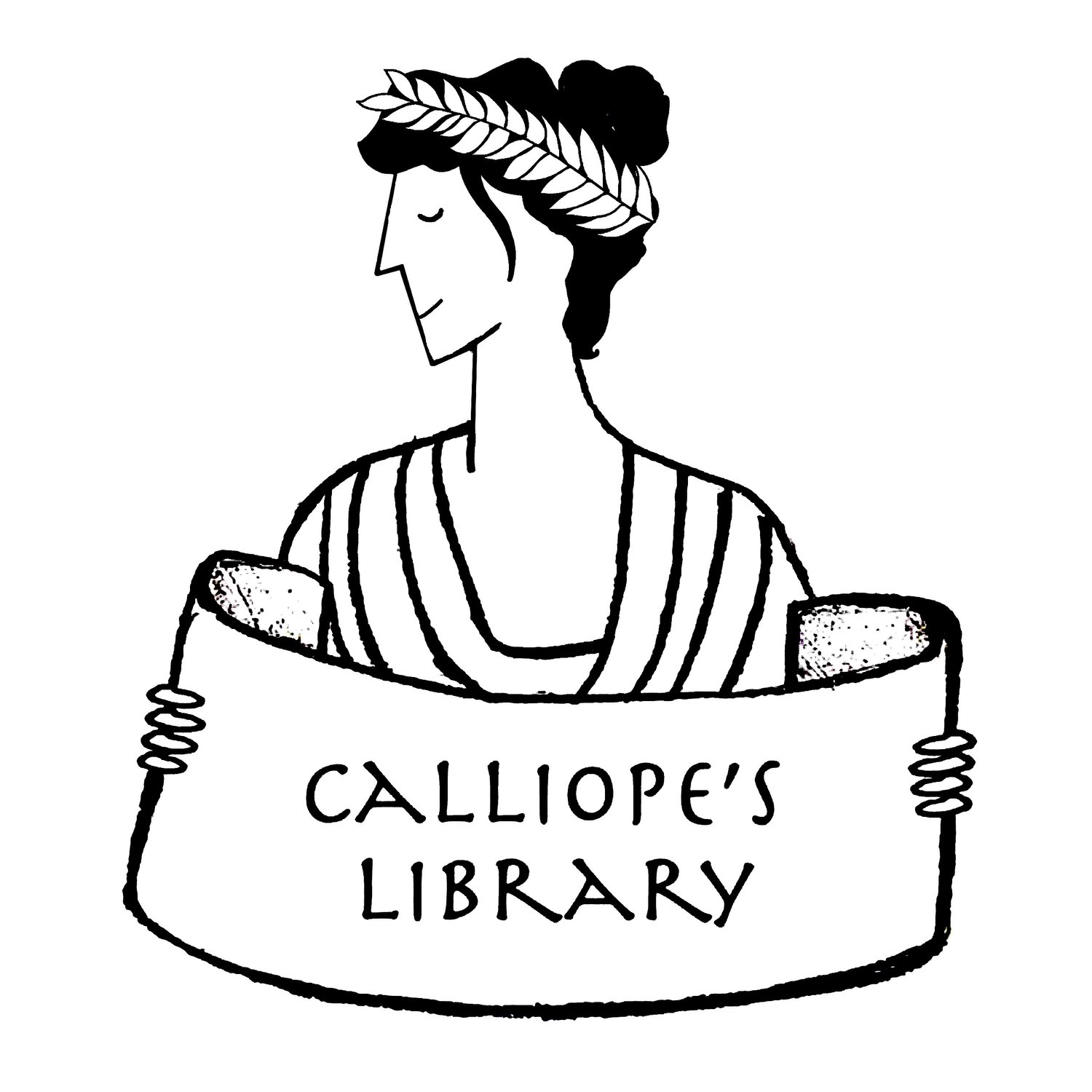Title: Gender Swapped Greek Myths
Authors: Karrie Fransman and Jonathan Plackett.
Date: 2022
Tags: Middle grade, Mythology, Collection, Pandora, Io, Hades and Persephone, Perseus and Medusa, Icarus, Theseus and the Minotaur, Orpheus and Eurydice, Arachne, Odyssey, Cupid and Psyche, Pygmalion, Atalanta, Ancient worlds,
Gender diverse*, English
*Editor’s note: This book’s characters fall within the traditional gender binary, but the whole concept of the book offers a challenge to traditional views of gender.
I often skip reading introductory materials because I don’t want someone to tell me what to think about a book before I have a chance to experience it myself. In the case of Gender Swapped Greek Myths, however, the authors’ note is illuminating and crucial. Fransman and Plackett explain the project of the book and the process of making it. They took public domain retellings of Greek myths for children, published in the late 19th or early 20th century, and applied a computer algorithm developed by Plackett to identify and replace gender-specific words. For instance, “Theseus” becomes “Thesea,” and “maidens” becomes “lads.” Sometimes the switches require a judgment call or artistic license: “nymphs” becomes “satyrs,” and “Minotaur” becomes “Minoheifer.”
Fransman followed a somewhat analogous process in creating the images for the book. She surveyed depictions of the mythological characters with an eye to the ways they instantiate power relations, and those configurations serve as a springboard for Fransman’s illustrations. We see, for example, Andromachus—a nearly naked man—bound to a rock as an offering to the sea beast and Hadia forcibly carrying Persephonus away. Anticipating an objection that a binary approach is reductive, the authors assure readers that they recognize that there are more than two genders, but they have chosen to focus on the two that have been dominant historically.
Fransman and Plackett also mention that the goal of the project isn’t utopian or corrective. They are not presenting a woman-over-man hierarchy as better than a man-over-woman one, nor are they trying to settle a score. Instead, they hope that the gender swapped stories become an occasion for us to reflect on our collective assumptions and individual expectations about gender. Some moments may feel liberating, while others may be unsettling. Reactions will differ from reader to reader, and noticing our own reactions is the point. I think of myth as a discourse that encourages experiments with ideas, and I appreciate how Gender Swapped Greek Myths engages and extends this capacity of myth.
- Rebecca Resinski
Stories included in the volume: “Pandorus and His Casket,” “Zea and Ion the Bull,” “Persephonus, Demetrus and Hadia,” “Persea and the Medus’ Head,” “The Fall of Icara,” “Thesea and the Minoheifer,” “Orphia and Eurydicus,” “Arachnus the Weaver,” “Odyssea and the Cyclopess,” “Odyssea, Circus and the Sirens,” “Erosa and Psychus,” “Pygmalia and Her Statue, Galateus,” “Atalantus, the Male Huntress.”


